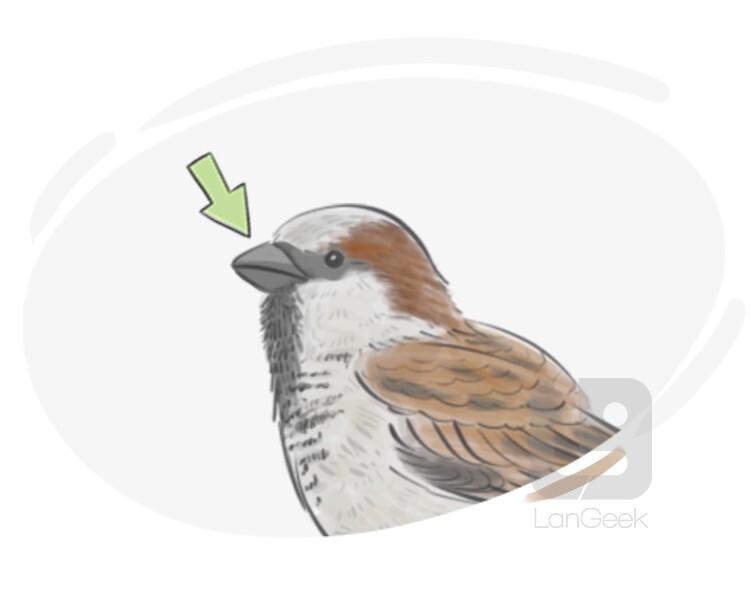Hanapin
What is a "beak"?
A beak is a distinctive feature found in many bird species, serving as their primary tool for feeding, communication, and other essential tasks. It is a specialized structure composed of a hard, keratinous covering that forms the upper and lower parts of the bird's mouth. The beak comes in various shapes and sizes, reflecting the specific adaptations of different bird species to their ecological niches. It may be long and slender for probing into the ground or water to capture prey, short and stout for crushing seeds or nuts, or curved and sharp for tearing flesh. The beak plays a vital role in gathering and consuming food, building nests, defending territory, and engaging in social interactions. It is a versatile and adaptable tool that allows birds to thrive in diverse environments and fulfill their ecological roles.
beaklike mouth of animals other than birds (e.g., turtles)
informal terms for the nose
a beaklike, tapering tip on certain plant structures
a projecting or ornamental feature resembling the beak of a bird, typically found at the end or corner of a roof, canopy, or gable
What is a "beak"?
In architecture, a beak refers to a decorative element that protrudes or extends outward from a surface, resembling the shape of a bird's beak. This feature can be found on elements such as ledges, roof edges, or support brackets, where it adds a distinctive detail to the design. Beaks are often used to create visual interest and can help direct water runoff away from the building. This architectural motif contributes to the overall style and character of a structure, enhancing its aesthetic appeal with a touch of elegance and craftsmanship.
pumitik,dumapo ng marahan


